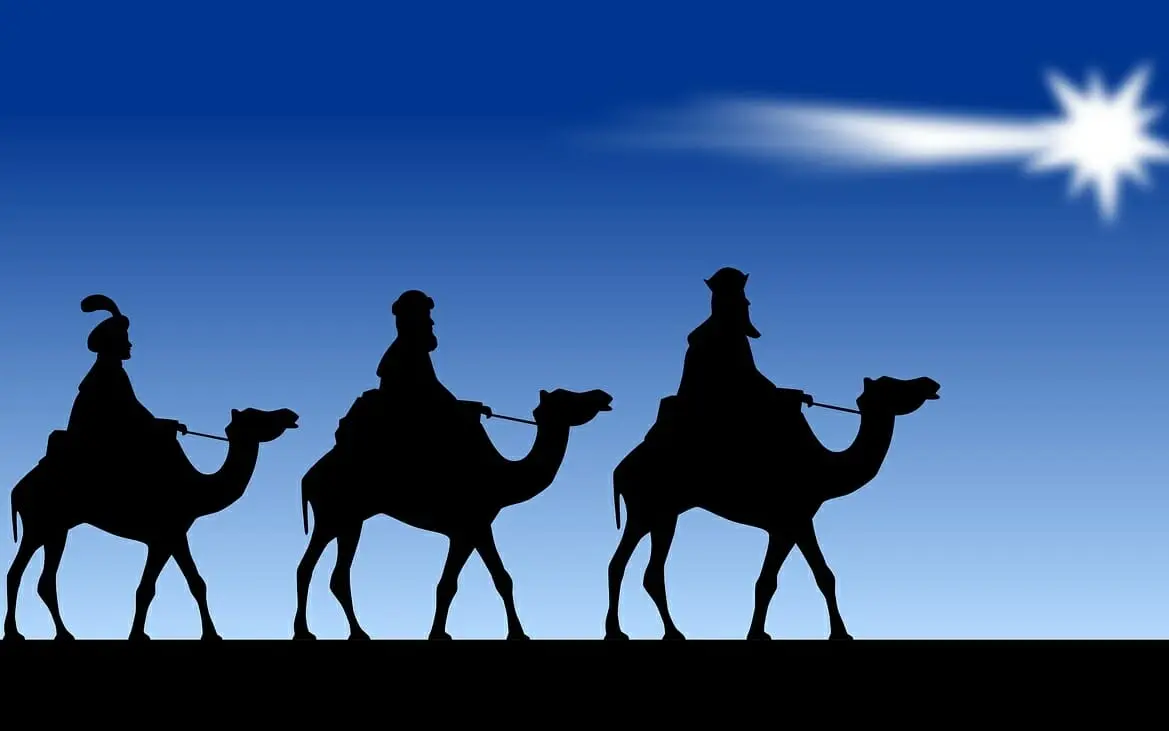When he was in seminary, Ken Boa wanted to incorporate his astronomy background into his master’s thesis. He did so by studying and writing on the star of Bethlehem. His thesis was published by Doubleday in 1980 and later (in 1985) by Zondervan as The Return of the Star of Bethlehem. You can purchase the book in the Ken Boa Store. [vector_icon icon=”arrow-circle-o-right”]
[lead]Scientists have long debated the identity of the mysterious star that led the Magi to Bethlehem.[/lead] Before looking at some of the attempts to explain the star, however, it is important to look at the biblical account recorded in Matthew 2:1–12. [panel style=”info” text_align=”center”]Now after Jesus was born in Bethlehem of Judea in the days of Herod the king, magi from the east arrived in Jerusalem, saying, “Where is He who has been born King of the Jews? For we saw His star in the east and have come to worship Him.” … After hearing the king, they went their way; and the star, which they had seen in the east, went on before them until it came and stood over the place where the Child was.
(Matthew 2:1–2, 9)[/panel]
A full reading of this passage reveals three notable qualities of the star:
- The star failed to catch the attention of the general public.
- After the star appeared to the Magi to lead them to Bethlehem, it disappeared and reappeared.
- Finally, unlike an ordinary star, this star had a directional capacity that enabled the magi to pinpoint the precise location of the Messiah’s house (verse 9).
Many have attempted to explain the appearance of the star as a natural phenomenon. Perhaps the Magi saw a meteor shower, or an especially bright star or planet, such as Saturn or Venus. The most popular view identifies the star as a planetary conjunction: a close meeting or passing of two celestial bodies that had special meaning to astrologers of that day. Others say it might have been a comet or a supernova, or perhaps a combination of two or more of these phenomena.
None of these explanations, however, do justice to the biblical account. In the first place, they do not explain why the star was not visible to everyone, or how it led the Magi to the specific house where Jesus was. More importantly, these views attempt to explain with natural phenomena something that was really supernatural.
The most likely explanation of the star [of Bethlehem] is that it was the brilliance of the glory of God himself.
The most likely explanation of the star is that it was the brilliance of the glory of God himself. This was the same glory that “shone around” the shepherds as the angels announced to them the birth of Jesus (Luke 2:9). In the Old Testament, the Lord appeared to Moses in a burning bush and to the Israelites as a pillar of fire. Significantly, that pillar of fire was meant to guide the Israelites through the wilderness, just as the star guided the Magi. In all of these instances, God appears as a brilliant light in his self-revelation to his people. If we are to read the account of the Magi in the context of the rest of Scripture, it’s reasonable to conclude that the star that guided them was the light of the glory of God, revealing his incarnate self to those who were awaiting him.
More than this, the same glory that preceded Christ’s first advent will also be associated with his second advent. Just as the light of God’s glory proceeded from him on the first day of creation (Genesis 1:3), and just as his glory shone when the Word became flesh (John 1:14), so his glory will shine at the new creation, when “the glory of God gives [the city] light, and the Lamb is its lamp” (Revelation 21:23 NIV).
Let us remember that we live between two advents. We are called to live with wisdom and prudence in light of the first advent of Christ and in anticipation of the second. The same presence of God that shone at Bethlehem, and that will ultimately shine in that heavenly city for which we are waiting, is even now dwelling in all who have put their trust in Christ.
The above post is summarized from a video of Dr. Boa teaching on the star of Bethlehem.
Button Text


